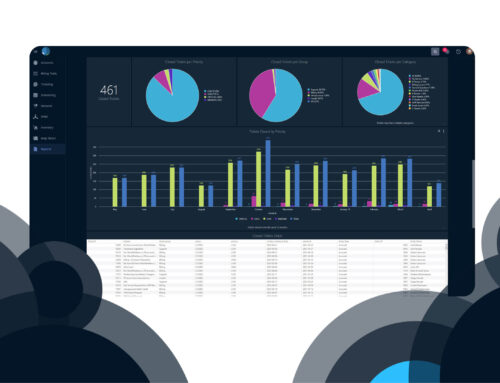Dispatch teams are the unsung heroes, orchestrating the complex dance between customer needs and technician availability. They are the vital link that ensures seamless service delivery, acting as the central nervous system that connects customers with the solutions they rely on. However, traditional dispatch methods, often reliant on manual processes and phone calls, can be riddled with inefficiencies. Scheduling conflicts, communication delays, and the sheer volume of information to manage can strain resources and hinder the customer experience.
Enter dispatch automation, a transformative technology that holds the potential to revolutionize the way fiber and ISP providers operate. By leveraging intelligent software and streamlined processes, automation can alleviate the burdens of manual dispatch, optimize resource allocation, and elevate the customer journey. It’s not about replacing human expertise, but rather empowering dispatch teams to focus on strategic decision-making, complex problem-solving, and building stronger relationships with both technicians and customers.
The Power of Dispatch Automation: Key Benefits
Optimized Scheduling and Routing:
Optimized scheduling and routing is the cornerstone of efficient field service operations, and dispatch automation takes it to the next level. Automated systems leverage sophisticated algorithms to analyze a multitude of factors, including technician location, skillset, job priority, and even real-time traffic conditions. This intelligent approach ensures that the right technician is assigned to the right job at the right time, minimizing travel distances and reducing fuel consumption.
For customers, the benefits are equally tangible. Faster response times, more accurate estimated arrival times (ETAs), and proactive communication about potential delays lead to a smoother and more transparent service experience. This heightened level of service can significantly boost customer satisfaction, loyalty, and ultimately, the bottom line for fiber and ISP providers.
Real-Time Communication and Tracking:
Real-time communication and tracking is a game-changer in the world of dispatch automation, revolutionizing the way dispatchers and field technicians interact. Through mobile apps or GPS-enabled devices, dispatchers can instantly connect with technicians, relaying crucial information, job updates, or even changes in customer requirements. This eliminates the delays associated with traditional communication methods like phone calls or radio transmissions.
This visibility enables proactive decision-making, allowing dispatchers to anticipate potential issues and adjust routes or assignments as needed. For instance, if a technician encounters unexpected delays or a job takes longer than anticipated, dispatchers can quickly reassign tasks to ensure minimal disruption to customer service.
Reduced Manual Tasks and Errors:
Beyond time savings, automation significantly reduces the risk of human error. Manual data entry is notorious for introducing inaccuracies, whether it’s a typo or a misinterpretation of information. Automated systems, on the other hand, consistently follow predefined rules and logic, ensuring accuracy and consistency in every transaction. This translates to fewer mistakes, less rework, and ultimately, a more reliable and efficient dispatch operation.
Dispatchers can devote more time to analyzing data, optimizing routes, strategizing resource allocation, and communicating effectively with both technicians and customers. This shift in focus not only improves job satisfaction but also unlocks the full potential of dispatch teams to drive operational excellence.
Enhanced Customer Experience:
When customers report an issue or request a service, automated systems can swiftly assess the situation, assign the nearest available technician, and provide the customer with a precise ETA. Accuracy, made possible by real-time tracking and intelligent algorithms, empower customers to plan their day around the technician’s arrival.
The cumulative effect of faster response times, accurate ETAs, and proactive communication is a significant boost in customer satisfaction. Satisfied customers are more likely to remain loyal, recommend the service provider to others, and even become advocates for the brand. In an industry where competition is fierce, a positive customer experience can be a powerful differentiator, driving growth and long-term success.
Data-Driven Insights and Improvement:
Dispatch automation doesn’t just streamline operations in the moment; it also lays the groundwork for continuous improvement through data-driven insights. Automated systems meticulously collect and store a wealth of data on every aspect of dispatch activity. This includes detailed records of job assignments, technician performance metrics, customer feedback, and even granular information like travel times and resolution rates.
Similarly, data on technician performance can highlight areas where additional training or support may be needed. By identifying top performers and understanding the factors that contribute to their success, managers can create a culture of excellence and continuous learning. Customer feedback, another valuable data point, provides insights into areas where service can be improved, helping providers tailor their offerings to meet evolving customer needs.
By optimizing scheduling, enhancing communication, reducing errors, improving customer experiences, and harnessing the power of data, automation transforms dispatch operations into a well-oiled machine. To learn more about how dispatch automation can revolutionize your field service operations within Sonar, visit https://sonar.software/field-service-dispatch/.



